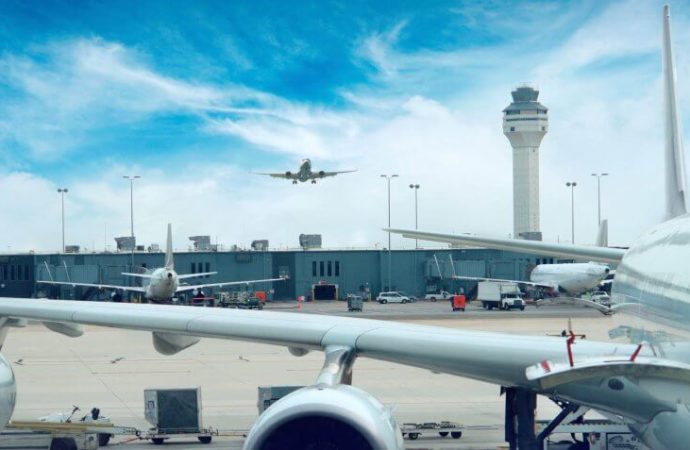Working Paper 18-01 (August 2018)
Author: Gregory N. Golyansky
Executive Summary:
The airline deregulation of 1978 has created a dynamic and competitive environment for air- travel in America. Lower prices, wider service choices and new destinations have transformed civil aviation from a country club for only the privileged to those with modest incomes in all strata of society.
The major factors that still create bottlenecks in the system are government owned, heavily regulated and largely inefficient airports and air-traffic control (ATC) facilities. These factors lead to airports and ATC being virtually inflexible, and thus unable to react quickly to changing circumstances in air transportation such as seasonal fluctuations in demand, changes in weather, improvements in aircraft technology and various political pressures. The result of this inflexibility is congestion and delays at many major airports, which costs tens of millions of dollars in lost time, wasted fuel and air pollution.
There is no shortage of ideas on how to resolve these problems. I examined three of what I thought were the most substantial proposals: William Laffer III, “How to Improve Air Travel in America,” published by the Heritage Foundation in 1991. Daniel R. Polsby, “Airport Pricing of Aircraft Takeoff and Landing Slots: An Economic Critique of Federal Regulatory Policy,” published by the California Law Review in 2001. Michael E. Levine, “Airport Congestion: When Theory Meets Reality,” published by the Yale Journal on Regulation in 2009.








